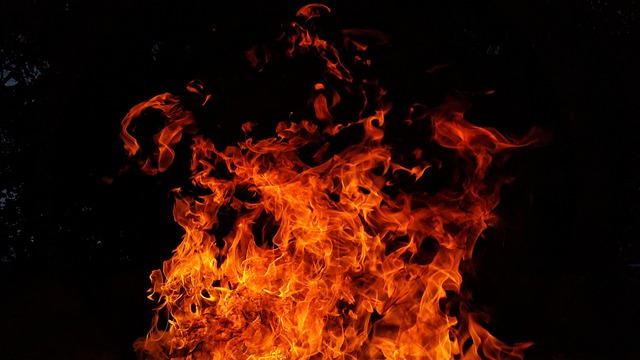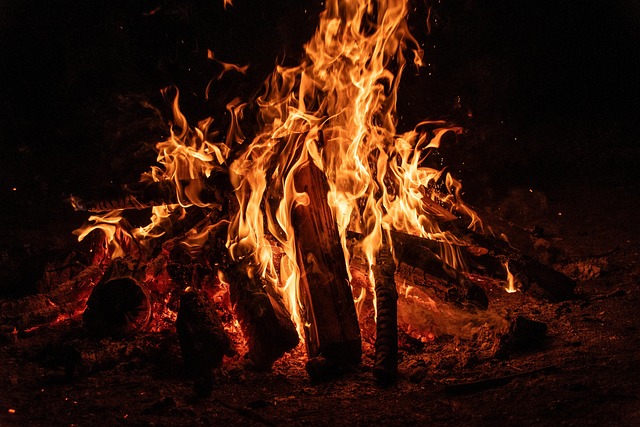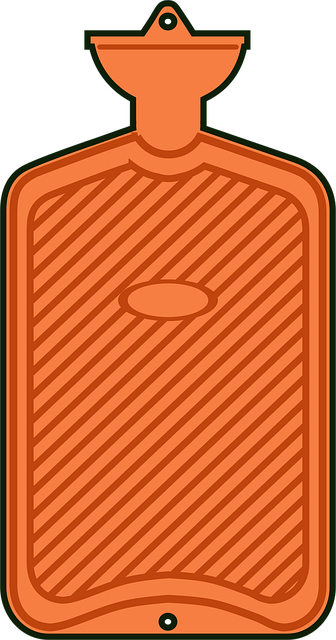No hot water? Identify root cause (thermostats, buildup, valves) for effective DIY or professional repair. Prevent issues with regular maintenance, proper insulation, and low-flow fixtures. Replace outdated heaters for reliable performance & long-term savings during outages. Monitor unusual noises/smells for early problem detection.
Stranded without hot water? Don’t despair! This comprehensive guide tackles the top no hot water remedies, empowering you to diagnose and resolve common water heater issues swiftly. From understanding the root causes behind the problem to exploring both DIY troubleshooting and professional repair options, this article is your go-to resource for navigating no hot water repairs efficiently. Learn preventative measures to avoid future malfunctions and restore comfort to your home.
- Understanding No Hot Water Issues
- Common Causes of Water Heater Malfunctions
- Quick Fixes for Temporary Relief
- DIY Troubleshooting Steps
- Professional Repair vs. Replacement
- Preventative Measures and Maintenance
Understanding No Hot Water Issues

Many households face the frustration of having no hot water, a common issue that can stem from various causes. This problem often arises due to issues with water heaters or heating elements within fixtures like faucets and showers. Understanding the root cause is essential for effective no hot water repair. It could range from simple fixes like resetting the thermostat or flushing out sediment buildup to more complex problems requiring professional attention, such as faulty electrical connections in heaters.
Prevention is key when it comes to maintaining a comfortable living environment. Homeowners can take measures to avoid scalding in mixed water by regulating temperature settings and ensuring proper insulation around pipes. Regular maintenance, including cleaning or replacing filters, also plays a vital role in keeping water heaters efficient and preventing premature failure. Hiring professional plumbers for repairs is often recommended for complex issues, as they can diagnose and fix problems swiftly and effectively.
Common Causes of Water Heater Malfunctions

Water heater malfunctions are a common household issue that can leave many people searching for quick solutions. Understanding the causes behind these issues is an essential step in finding efficient remedies. One of the primary reasons for hot water shortages or temperature fluctuations is a faulty heating element. Over time, these elements can degrade, leading to reduced heat production or even failure. Another frequent culprit is a broken thermostat, which controls the water temperature. This can result in inconsistent heating and, consequently, no hot water.
Additionally, sediment buildup within the tank can significantly impact performance. Minerals and impurities accumulate, reducing water efficiency and potentially causing the heater to run constantly without providing sufficient hot water. A well-maintained water heater is crucial for ensuring a consistent supply of hot water. Regular flushing and cleaning can prevent these issues, as can staying vigilant for signs like sudden temperature changes or prolonged heating cycles, which may indicate an emergency plumber Bromsgrove visit is needed for faster repairs and to address any potential safety hazards.
Quick Fixes for Temporary Relief

When faced with a sudden no hot water crisis, there are quick fixes that can provide temporary relief until a more permanent solution is found. Identifying the root cause of the issue is key to both troubleshooting and preventing future hot water failure. Common culprits include faulty thermostats, mineral buildup in heaters, or simple issues like a closed valve.
For an immediate fix, consider reducing water temperature instead of eliminating it entirely. Lowering the setting can often be achieved through your home’s thermostat or temperature control valve. Additionally, clearing out any mineral deposits or limescale buildup from your heater or showerhead can significantly improve water flow and temperature regulation. While these solutions offer short-term relief, addressing the underlying cause is crucial to ensure long-term solutions for cold showers don’t persist.
DIY Troubleshooting Steps

If you’re facing a no hot water repair dilemma, don’t panic! There are several DIY troubleshooting steps you can take before calling in a professional. Start by checking your thermostat to ensure it’s set at the right temperature. Sometimes, a simple adjustment can get your hot water flowing again. Next, examine your hot water heater for any obvious issues like a tripped breaker or a faulty pilot light. A quick reset or relight could resolve the fix cold water issue.
If these initial checks don’t work, consider low-flow fixtures for hot water conservation as a temporary fix while you await a more permanent solution. These can help reduce water usage and may buy you some time until a professional can assess the problem, which could range from a faulty heating element to a leak in your water lines. Remember, DIY troubleshooting is a great way to save money, but for complex no hot water repair issues, it’s best to consult a specialist.
Professional Repair vs. Replacement

When faced with a lack of hot water, homeowners often grapple with whether to opt for professional repair or replace their water heater. While repairs can be cost-effective for minor issues like malfunctioning thermostats or leaking tanks, replacing a water heater might be the smarter choice in cases of severe damage, outdated models, or frequent breakdowns.
Considering a power outage that disrupts hot water supply? In such scenarios, no hot water repair might not be immediately feasible. However, advanced modern water heaters with energy-efficient features and robust designs offer reliable performance even during outages. Hot water system upgrades can significantly improve efficiency and prevent future no hot water situations, proving to be a long-term investment for any homeowner.
Preventative Measures and Maintenance

Preventative measures and regular maintenance are key to avoiding no hot water repair situations. Start by ensuring proper insulation around your water heater to maintain optimal temperatures, especially in colder climates. This simple step can significantly reduce heat loss and improve energy efficiency. Regularly checking and cleaning the heating element or burner assembly, depending on your water heater type, is also crucial. Sediment buildup can obstruct the flow of hot water and lead to temperature control issues.
Consider installing low-flow fixtures in your shower and faucets to conserve hot water usage without compromising comfort. This eco-friendly approach not only reduces energy bills but also prolongs the life of your water heater. Keep an eye on any unusual noises or smells coming from the unit, as these could be early indicators of potential problems. Addressing these issues promptly can prevent major repairs and ensure uninterrupted access to hot water, ultimately saving you time and money in the long run. When to replace water heater? Regular maintenance and timely intervention will help determine this crucial question.
Addressing no hot water issues doesn’t have to be a complex or costly endeavor. By understanding common causes, implementing preventative measures, and familiarizing yourself with DIY troubleshooting techniques, you can efficiently navigate potential water heater malfunctions. Whether opting for professional repair or replacement, these strategies empower you to ensure a reliable hot water supply in your home. Remember, proactive maintenance is key to avoiding inconvenient surprises and keeping your water heating system running smoothly.
